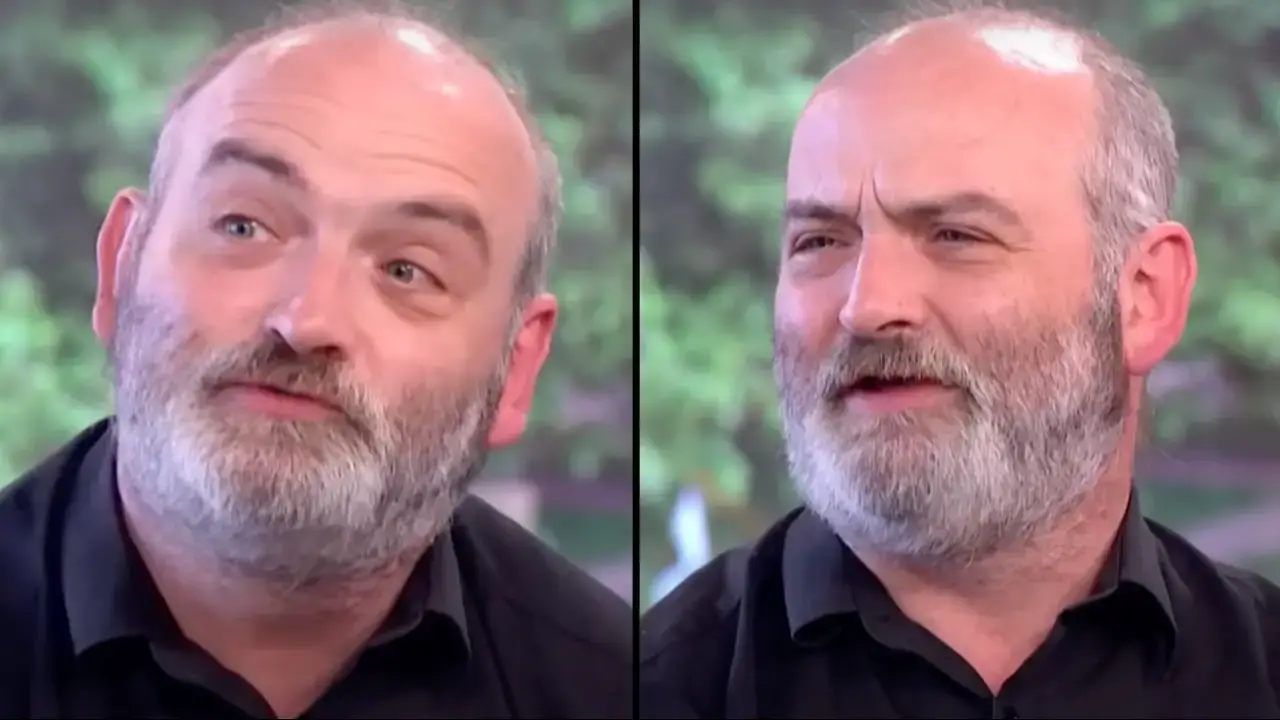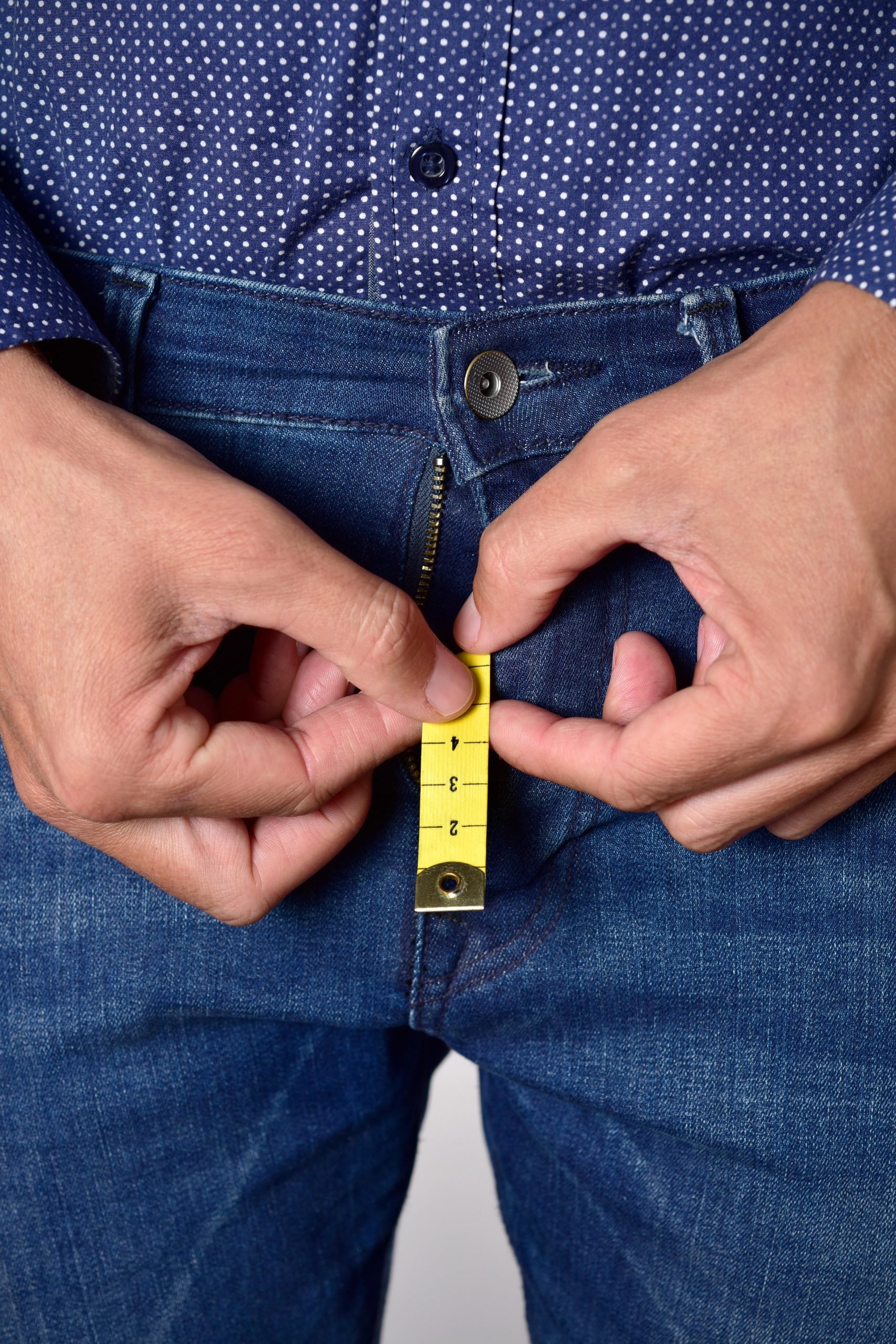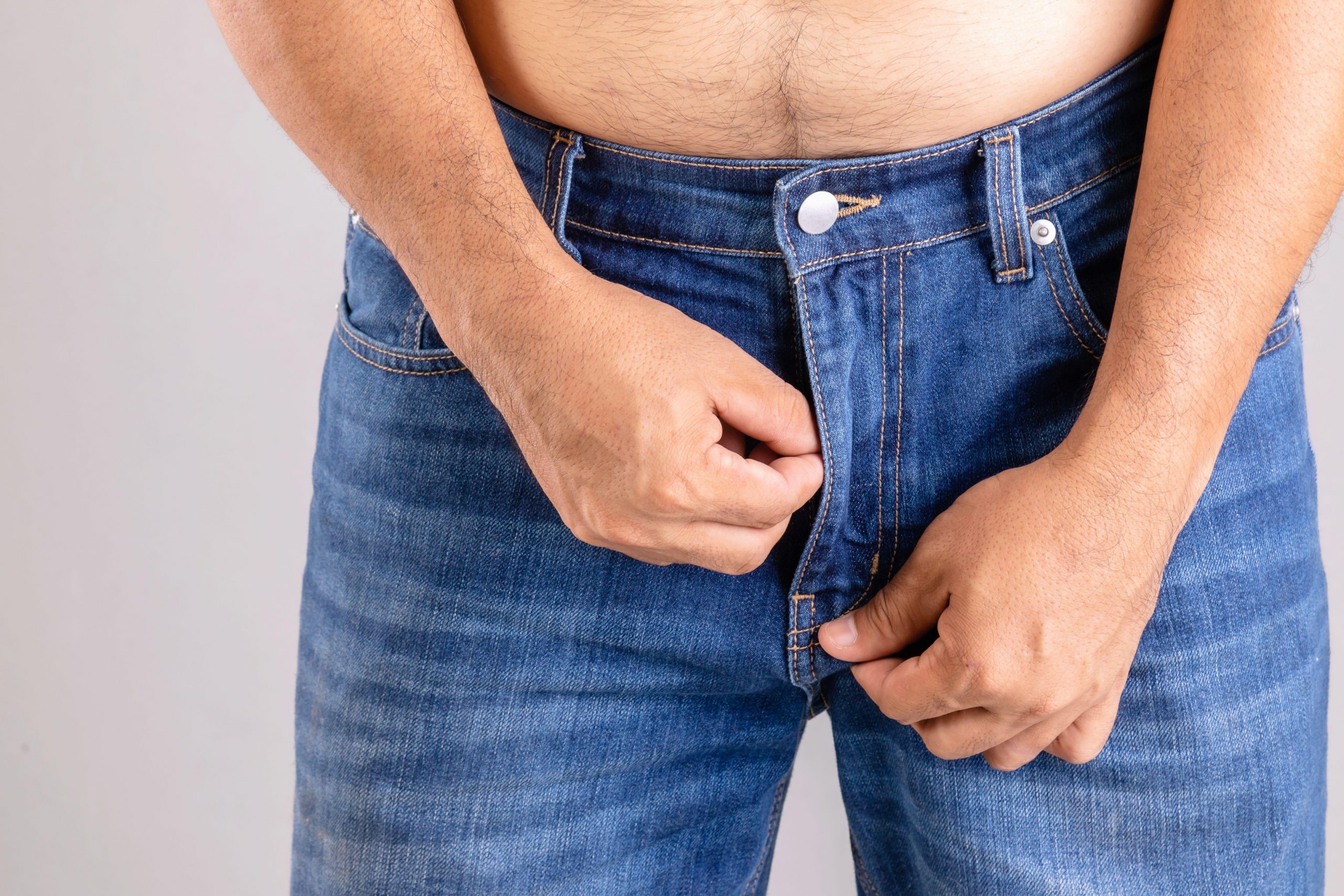
Credit: ITV
Guy With One-Inch Manhood Answers The Question Everyone Is Always Asking
A guy who has a one-inch manhood has answered the one question everyone always asks.
Body shaming isn’t limited to women and men often face it too, particularly when it comes to p**is size.
Those who are perceived to have small g**italia may be mocked or belittled by society.
Determined to change this, one man is speaking out.

As men are often body-shamed over the size of their manhood, it’s understandable that this affects other areas of their lives.
Vivek Wadhwa, a consultant urological surgeon at Solihull’s Spire Parkway Hospital, says, per Men’s Health: “A man’s perception of his p**ile length can greatly affect his self-esteem.
“Most men presenting to their doctors concerned about inadequate p**ile size are within the normal range, functionally adequate for s**ual activity and require reassurance.”
According to a study by Clemson University, most men believe that the average size when er**t is greater than six inches.
Abbas Kanani, a pharmacist at Chemist Click, says the average size without an er**tion measures between three and four inches, and the average size when er**t is between five to six inches.
There’s also a common misconception that bigger automatically means better.

A YouGov poll reported that 42% of British men aged 18-24 would have a larger manhood if possible.
Yet research indicates that size isn’t as important for women as many men believe.
The Psychology of Men & Masculinity journal found that 85% of women in relationships were satisfied with their partner’s size.
For Ant Smith, addressing his manhood insecurities has been crucial for his relationship with his wife.

Smith appeared on the U.K. daytime TV show This Morning to discuss his p**is size and open up about his personal experience.
People love his attitude and he’s received tons of praise on social media, with one viewer writing: “I’m with you bro, be proud of what we have.”
Another adds: “Respect for this man.”
With his manhood measuring four inches er**t and one to two inches flaccid, Smith falls below the global average, per the BBC.
From a young age it led to him feeling shame and ‘size anxiety.’
He recounted: “I was teased at school and it made me so self-conscious I didn’t have s** until I was 21. I would get embarrassed if the condom slipped off as my p**is was too small to keep it on.”

For a long time, Smith believed he was ‘the only one with this problem’ but now he’s opening up to others.
In 2014, he wrote and performed a poem called ‘Shorty’ that discusses his manhood size, it’s since gained widespread attention and gone viral.
Following its success, he published a book called ‘The Small P**is Bible,’ which provides accurate information on p**nis size and support for those who have anxiety over the matter.
Smith believes one of the main reasons men are insecure over their manhood is due to p**n, as it often features above-average sizes.
Plus, jokes about having a small manhood is a common form of mockery, further reinforcing insecurities.
Smith also expresses discomfort over the term ‘microp**is,’ as he believes it is an unhelpful medical label that can be stigmatizing.

During his interview on This Morning, the poet got candid about his relationship with his wife and revealed exactly what she thinks.
Smith says addressing his insecurities with his partner has been crucial, as the past ‘self-revulsion’ he felt was ‘creating a divide’ between them.
He stated: “Somehow the size of your p**is has become linked to how much of a ‘man’ you are, which is nonsense.
“My wife assured me my size made no difference.”
By opening up about his vulnerabilities, Smith has found support from loved ones and discovered others with similar concerns.
“I spent years and years thinking I was the only one with this problem,” he shared. “By keeping quiet, I wasn’t letting anyone else with the same problem realize you are never really alone.”
Related Article: Country With The Biggest Average Manhood Size In The World Confirmed
Related Article: Scientists Finally Have Explanation For ‘Blue Balls’ Phenomenon